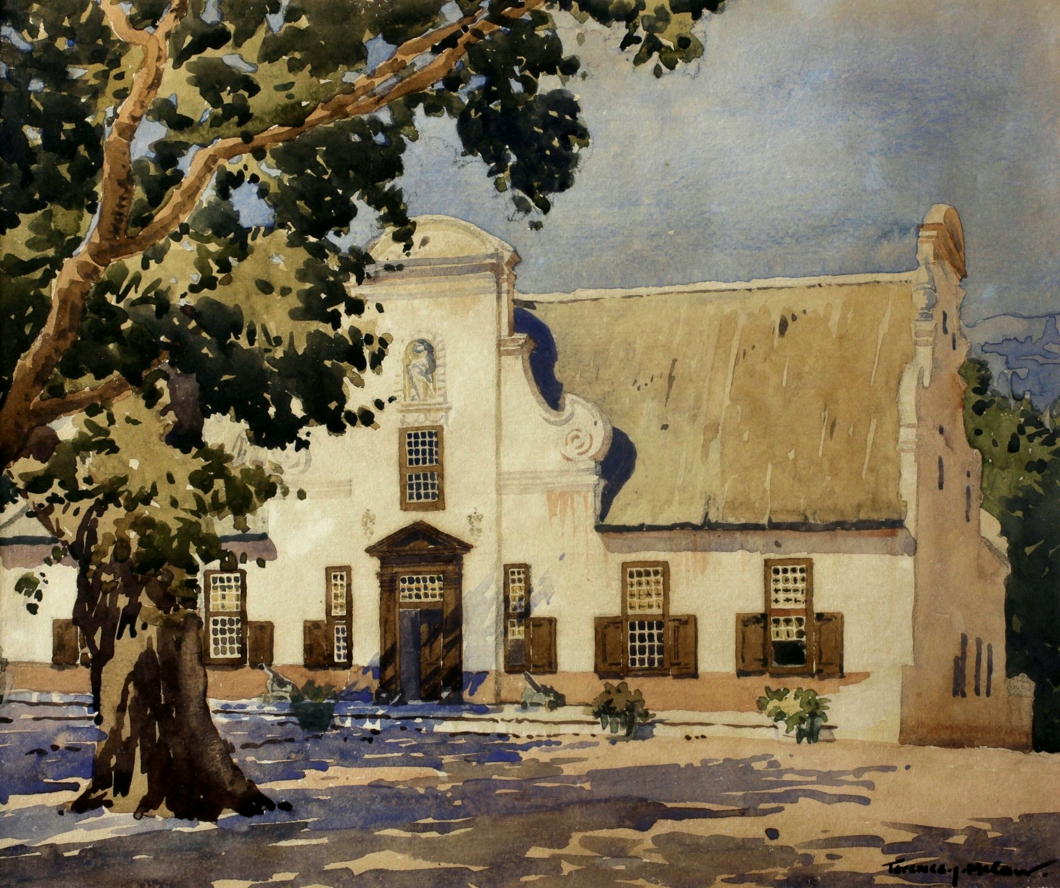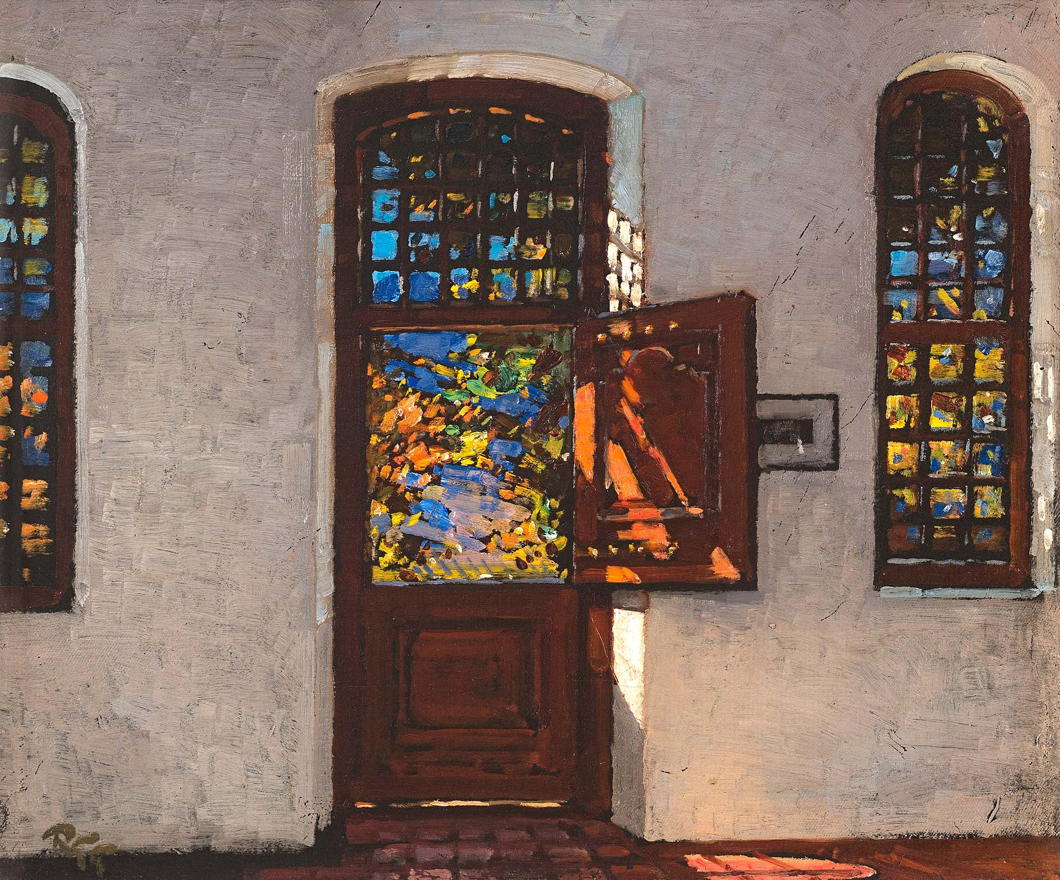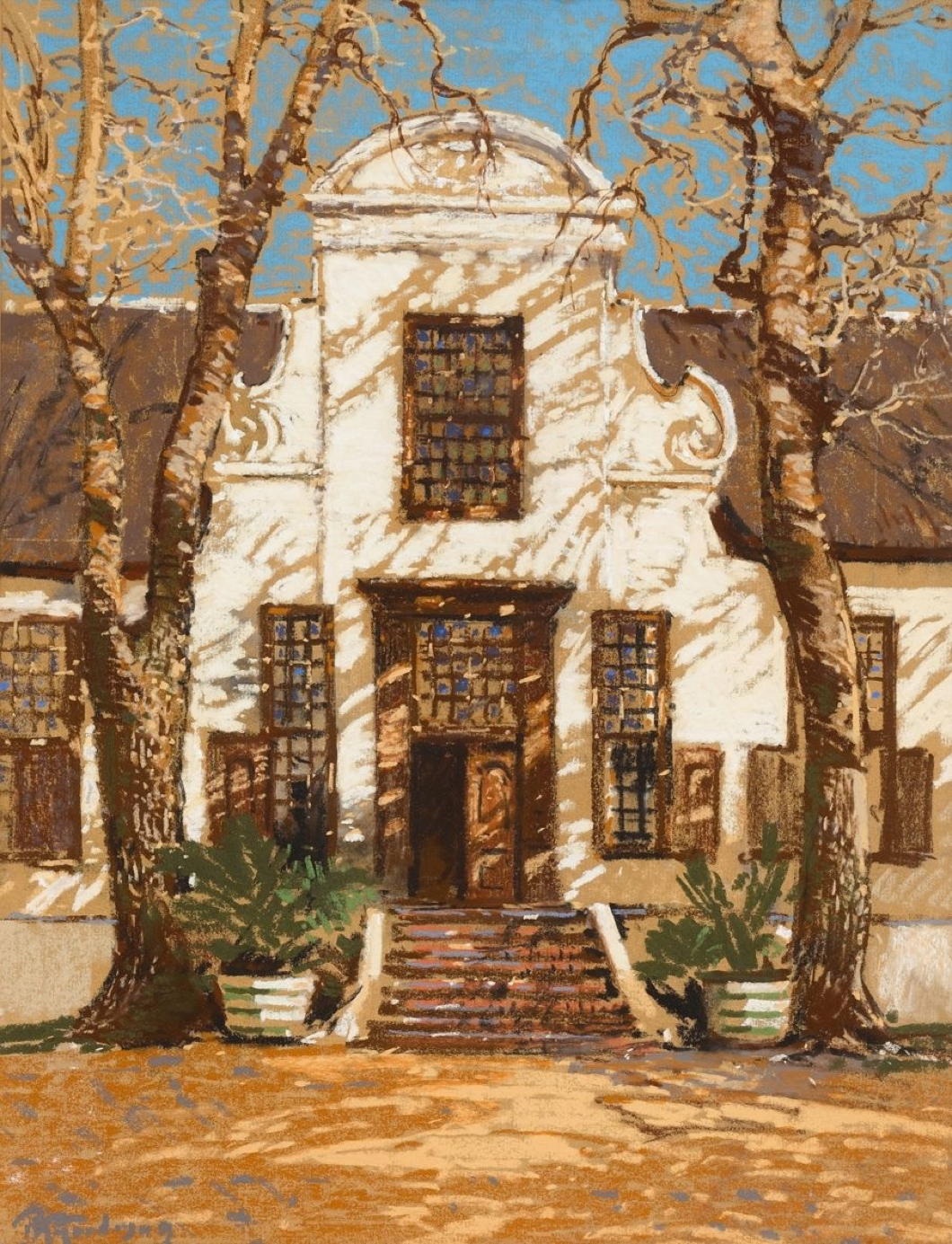2021 April
About Andrew Cusack
 Writer, web designer, etc.; born in New York; educated in Argentina, Scotland, and South Africa; now based in London.
Writer, web designer, etc.; born in New York; educated in Argentina, Scotland, and South Africa; now based in London. read more
News
Blogs
Reviews & Periodicals
Arts & Design
World
France
Mitteleuropa
Knickerbockers
Argentina
The Levant
Africa
Cape of Good Hope
Netherlands
Scandinavia
Québec
India
Muscovy
Germany
Academica
The University of the Frisians
AMONG THE CURIOUS customs of the Netherlandish universities is a unique privilege whereby Frieslanders who are postgraduate students at the Rijksuniversiteit Groningen may defend their thesis in the Church of St Martin in Franeker. This privilege is also extended to those whose dissertations are on Frisian subjects or themes. The reason for this is that Franeker — one of the historic eleven cities of Friesland and today a town of 12,000 souls — formerly had a university of its own.
The University of Franeker (or Academy of Friesland) was established in 1585 by Willem Lodewijk of Nassau-Dillenburg, stadthouder of Friesland, as a Protestant foundation in the former cloister of the Canons Regular of the Order of the Holy Cross (sometimes called the Crosiers) whose confiscated property helped fund the new university.
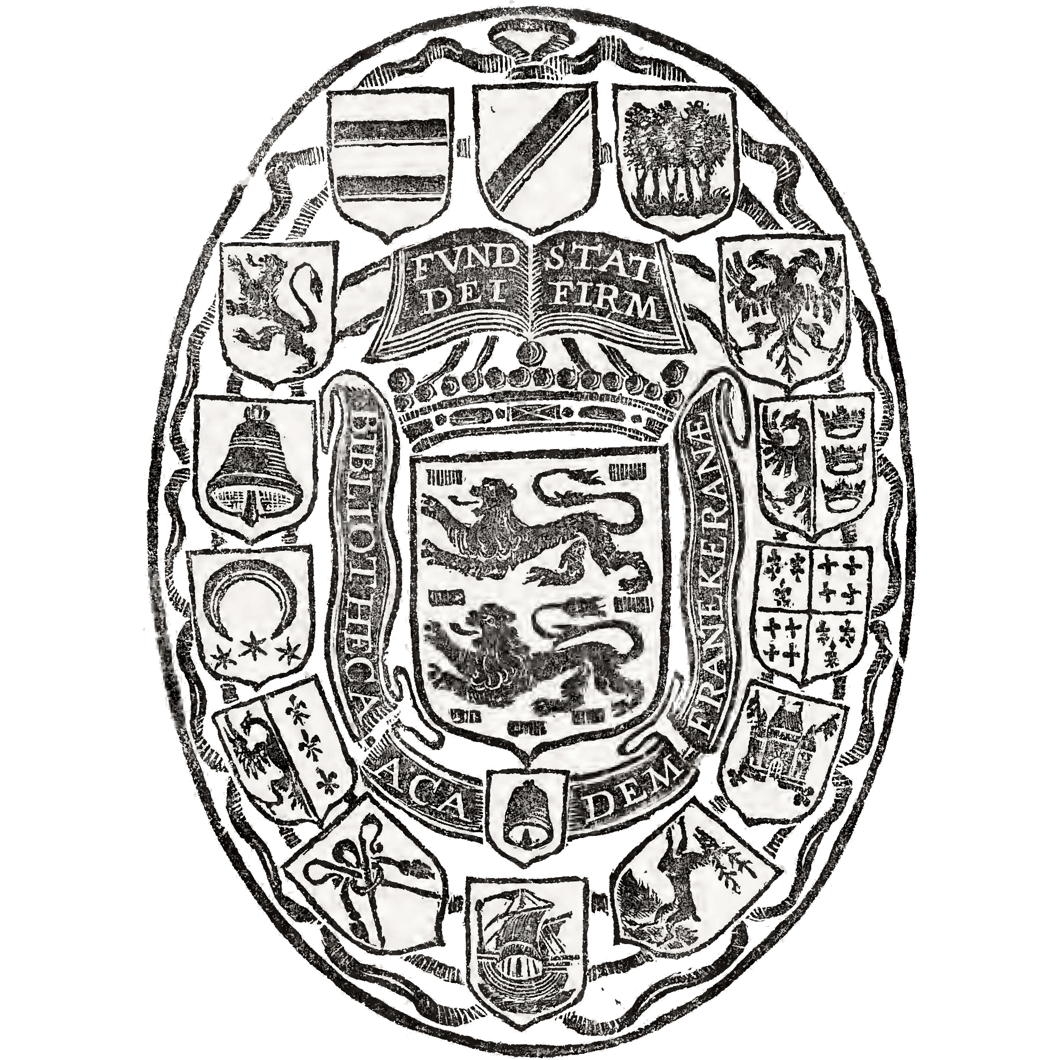
As the only institution of higher learning in the northern part of the United Provinces, the University of Franeker met with some success in its early decades and its Protestant theological faculty earned particular reknown.
Its most famous student — so far as I am concerned — was a young Petrus Stuyvesant who studied philosophy and languages at Franeker in the 1610s before being sent to be governor of New Amsterdam. Unfortunately the revelation of an amorous relationship with his landlord’s daughter prevented young Stuyvesant from completing his studies.
From 1614 onwards, however, Franeker found a strong competitor when a university was founded in Groningen that was more successful at drawing in students from Germanic East Frisia. By the 1790s it had only eight students.
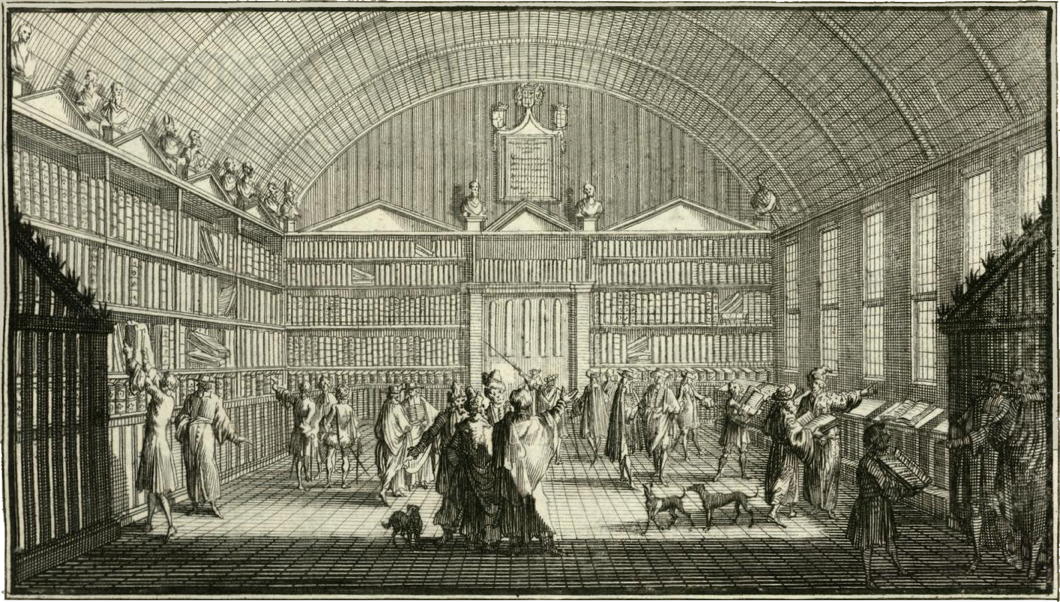
In 1811, when the Netherlands were directly annexed to the French Empire, Napoleon abolished the university entirely, alongside those of Utrecht and Harderwijk.
Its revival under the United Kingdom of the Netherlands in 1815 met with little success as Franeker was denied the ability to grant doctorates and in 1843 even this academy was finally suppressed.
Incidentally, the fourteenth-century Martinikerk where Frisians can defend their theses today is also the only surviving medieval church in Friesland that has an ambulatory — and restoration work in the 1940s revealed twelve pre-Reformation frescoes of saints.
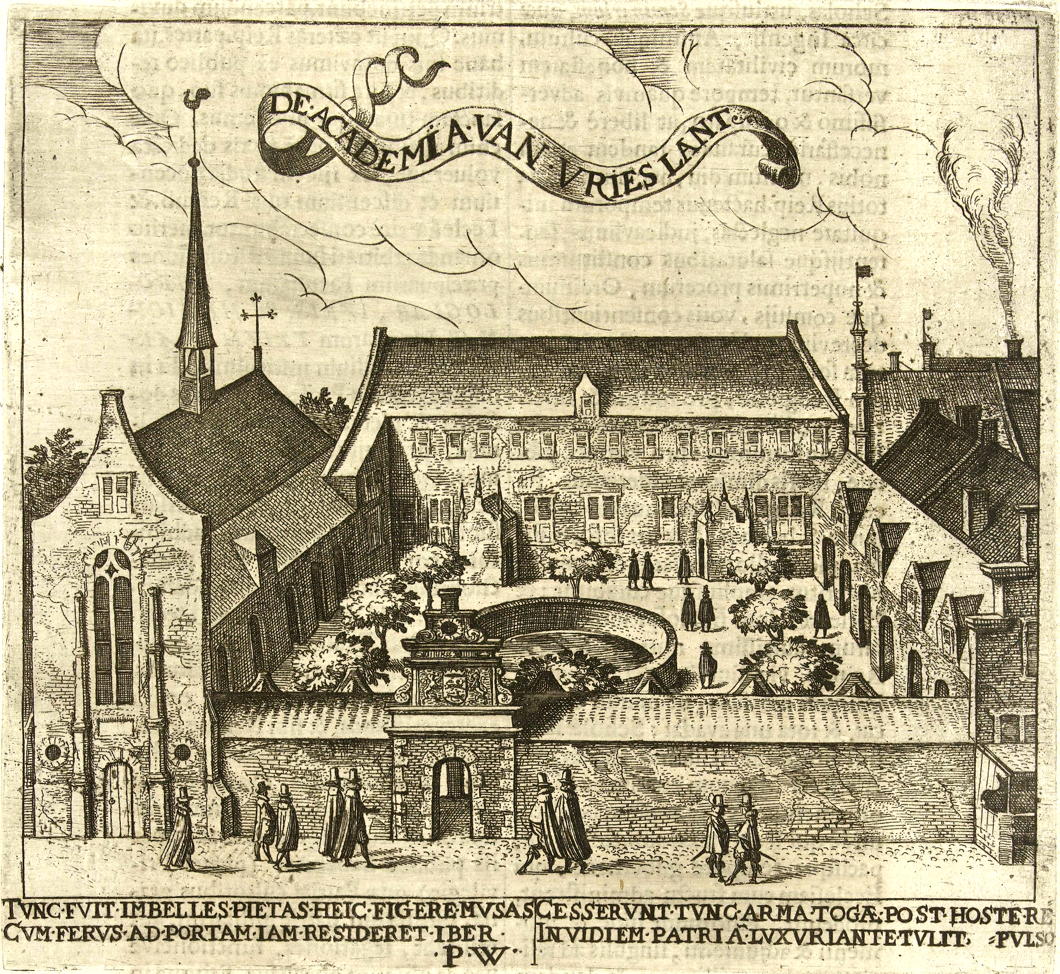
a Northumbrian of Frisian and New Yorkish origin
‘Apostle of a Monstrous Trinity’
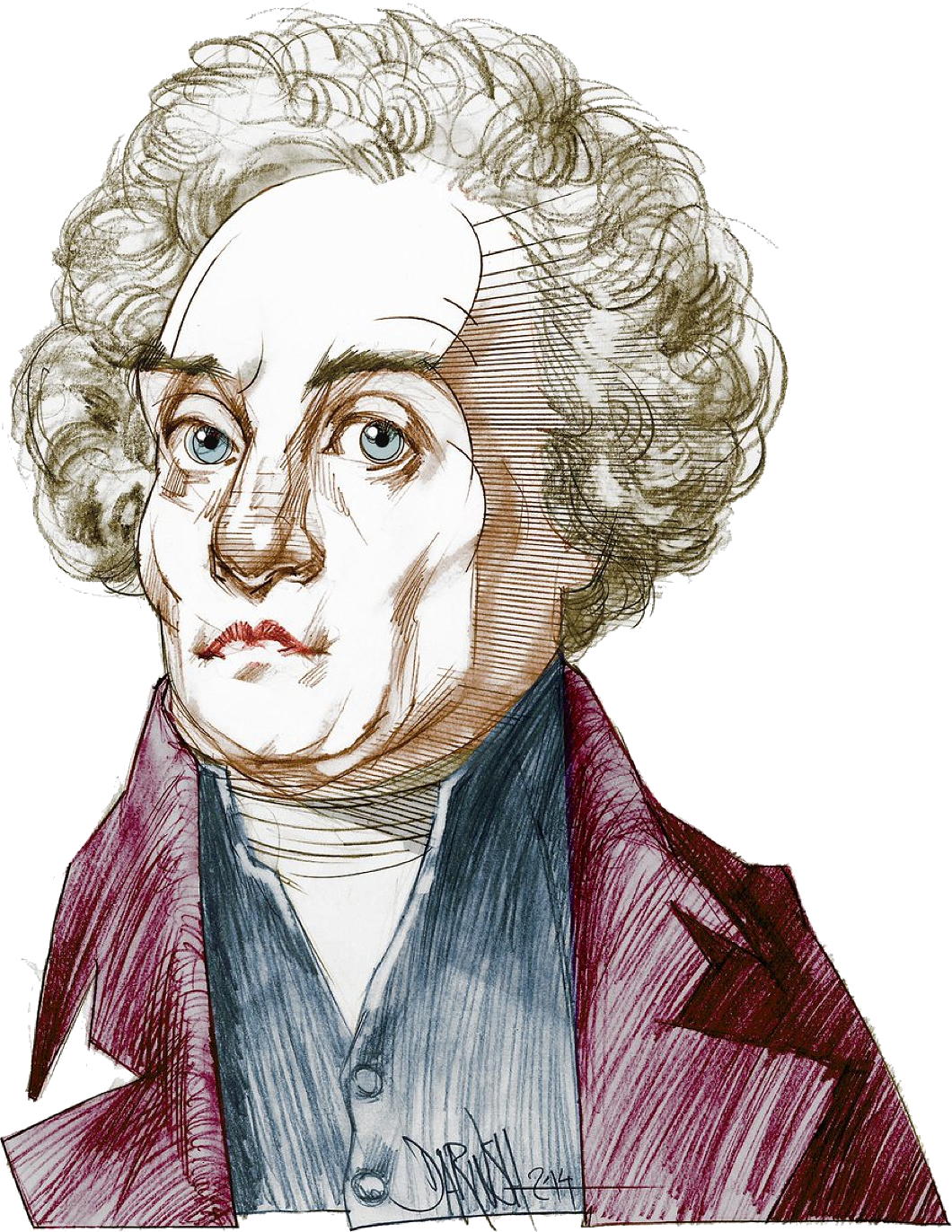
The old Dutch houses of the Cape
From Here There and Everywhere (1921) by Lord Frederic Hamilton:
THESE OLD DUTCH HOUSES are a constant puzzle to me. In most new countries the original white settlers content themselves with the most primitive kind of dwelling, for where there is so much work to be done the ornamental yields place to the necessary; but here, at the very extremity of the African continent, the Dutch pioneers created for themselves elaborate houses with admirable architectural details, houses recalling in some ways the chateaux of the Low Countries.
Where did they get the architects to design these buildings? Where did they find the trained craftsmen to execute the architects’ designs? Why did the settlers, struggling with the difficulties of an untamed wilderness, require such large and ornate dwellings? I have never heard any satisfactory answers to these questions.
Groot Constantia, originally the home of Simon Van der Stel, now the government wine-farm, and Morgenster, the home of Mrs. Van der Byl, would be beautiful buildings anywhere, but considering that they were both erected in the seventeenth century, in a land just emerging from barbarism seven thousand miles away from Europe, a land, too, where trained workmen must have been impossible to find, the very fact of their ever having come into existence at all leaves me in bewilderment.
These Colonial houses, most admirably adapted to a warm climate, correspond to nothing in Holland, or even in Java. They are nearly all built in the shape of an H, either standing upright or lying on its side, the connecting bar of the H being occupied by the dining-room. They all stand on stoeps or raised terraces; they are always one-storied and thatched, and owe much of their effect to their gables, their many-paned, teak-framed windows, and their solid teak outside shutters. Their white-washed, gabled fronts are ornamented with pilasters and decorative plaster-work, and these dignified, perfectly proportioned buildings seem in absolute harmony with their surroundings.
Still I cannot understand how they got erected, or why the original Dutch pioneers chose to house themselves in such lordly fashion. At Groot Constantia, which still retains its original furniture, the rooms are paved with black and white marble, and contain a wealth of great cabinets of the familiar Dutch type, of ebony mounted with silver, of stinkwood and brass, of oak and steel; one might be gazing at a Dutch interior by Jan Van de Meer, or by Peter de Hoogh, instead of at a room looking on to the Indian Ocean, and only eight miles distant from the Cape of Good Hope.
How did these elaborate works of art come there? The local legend is that they were copied by slave labour from imported Dutch models, but I cannot believe that untrained Hottentots can ever have developed the craftsmanship and skill necessary to produce these fine pieces of furniture.
I think it far more likely to be due to the influx of French Huguenot refugees in 1689, the Edict of Nantes having been revoked in 1685, the same year in which Simon Van der Stel began to build Groot Constantia. Wherever these French Huguenots settled they brought civilisation in their train, and proved a blessing to the country of their adoption. […]
Here, at the far-off Cape, the Huguenots settled in the valleys of the Drakenstein, of the Hottentot’s Holland, and at French Hoek; and they made the wilderness blossom, and transformed its barren spaces into smiling wheatfields and oak-shaded vineyards. They incidentally introduced the dialect of Dutch known as “The Taal,” for when the speaking of Dutch was made compulsory for them, they evolved a simplified form of the language more adapted to their French tongues.
I suspect, too, that the artistic impulse which produced the dignified Colonial houses, and built so beautiful a town as Stellenbosch (a name with most painful associations for many military officers whose memories go back twenty years ) must have come from the French.
Stellenbosch, with its two-hundred-year-old houses, their fronts rich with elaborate plaster scroll-work, all its streets shaded with avenues of giant oaks and watered by two clear streams, is such an inexplicable town to find in a new country, for it might have hundreds of years of tradition behind it!
Wherever they may have got it from, the artistic instinct of the old Cape Dutch is undeniable, for a hundred years after Van der Stel’s time they imported the French architect Thibault and the Dutch sculptor Anton Anreith. To Anreith is due the splendid sculptured pediment over the Constantia wine-house illustrating the stoiy of Ganymede, and all Thibault’s buildings have great distinction.
But still, being where they are, they are a perpetual surprise, for in a new country one does not expect such a high level of artistic achievement.
Bronxville’s Coat of Arms
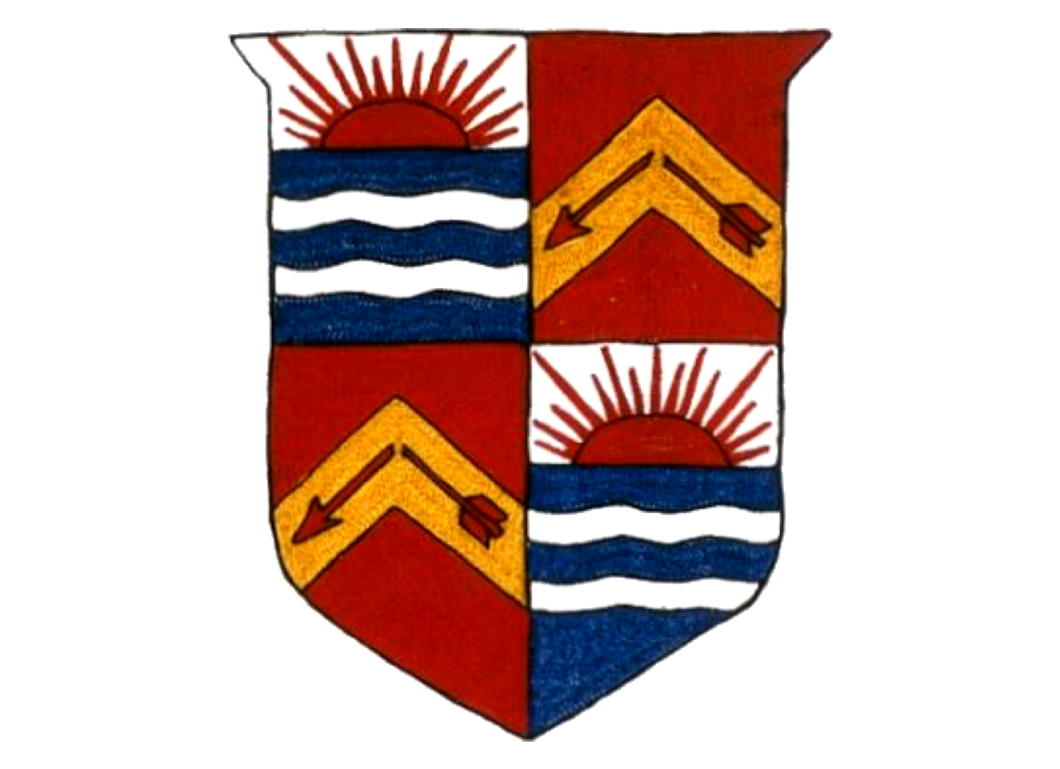
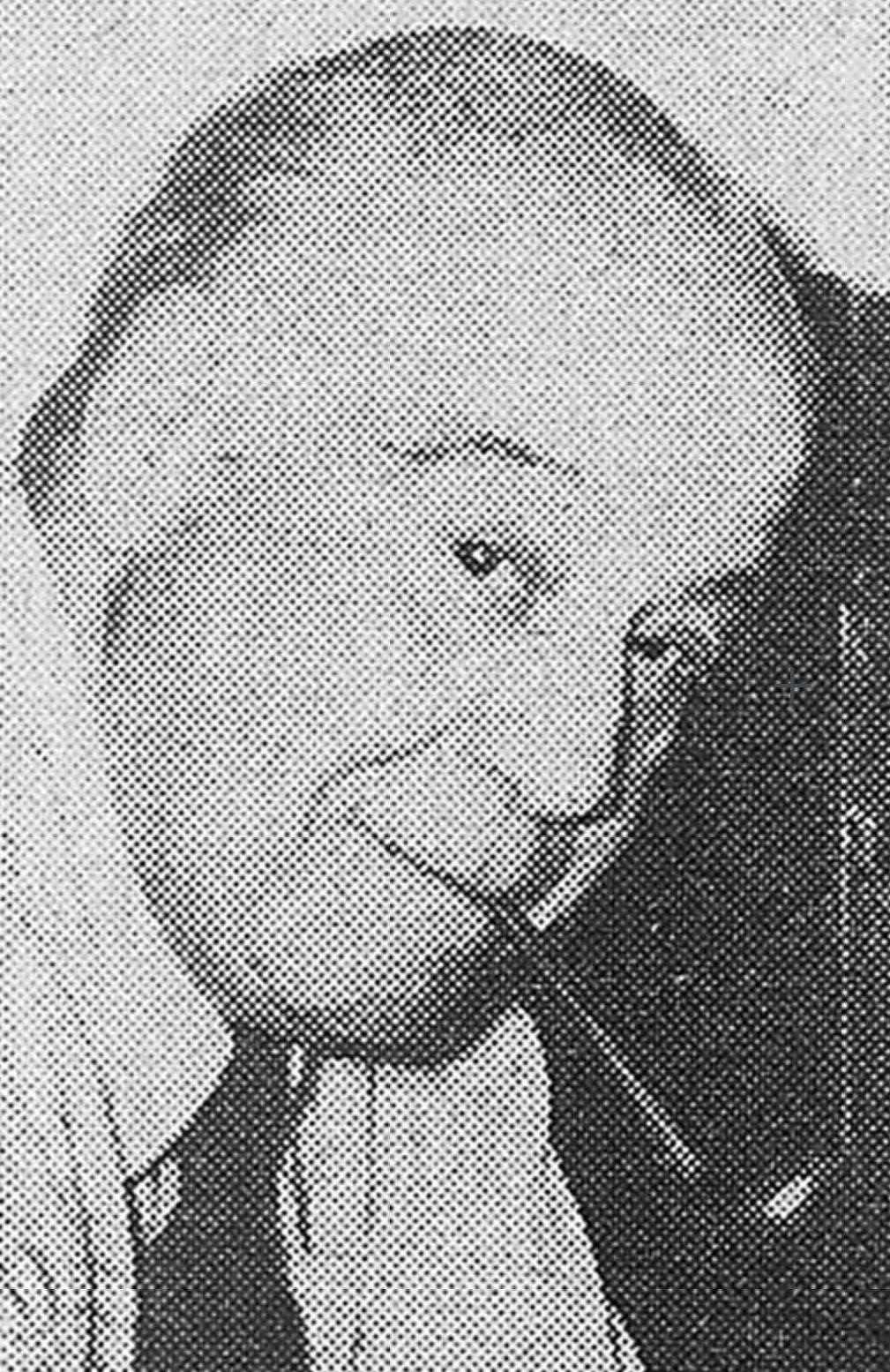 The coat of arms of the Village of Bronxville is a surprisingly handsome design, for which we can thank a gentleman named Lt. Col. Harrison Wright.
The coat of arms of the Village of Bronxville is a surprisingly handsome design, for which we can thank a gentleman named Lt. Col. Harrison Wright.
Known to most as Hal, Wright (1887–1966) was one of those citizens who seemed to have had endless time to devote to those around them. In the Great War he served in a variety of roles and had the pleasure of personally delivering a Packard automobile to General Pershing.
He helped coordinate the village police when its captain’s ill health forced an unexpected retirement and was an active member of the American Legion post.
Wright was also Scoutmaster of Troop 1 and served as the local District Commissioner for the Boy Scouts. In that role he had under his purview a young scout from my old troop — Troop 2, Bronxville — named Jack Kennedy.
During the Second World War, Wright deployed his significant logistical expertise as an officer at the U.S. Army’s New York Port of Embarkation but, with his artistic skills and heraldic interest, he also found time in 1942 to design Bronxville’s coat of arms. (more…)
Search
Instagram: @andcusack
Click here for my Instagram photos.Most Recent Posts
- Burns Tower April 19, 2024
- Patrick in Parliament March 18, 2024
- Articles of Note: 13 March 2024 March 13, 2024
- Cambridge March 9, 2024
- Taken on Trust March 4, 2024
Most Recent Comments
Book Wishlist
Monthly Archives
Categories

